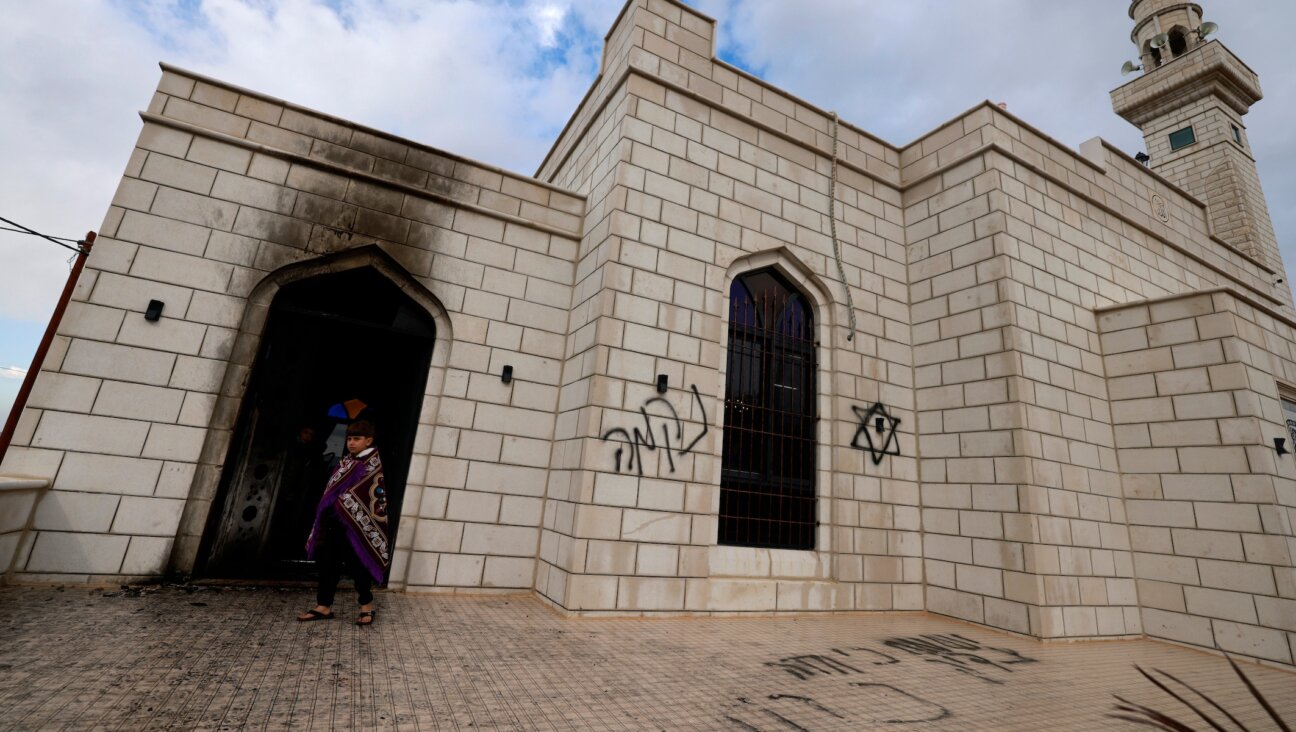What Unites Shiloh and Jerusalem
I have news for Prime Minister Benjamin Netanyahu: Not only is Jerusalem not a “settlement” — as he correctly noted in his speech before the convention of the American Israel Public Affairs Committee — but neither is my hometown of Shiloh.
Since late November, and at Netanyahu’s initiative, Zionism has been in a stage of suspension. A suspension of construction, that is, although some see in this policy a broader suspension of the goals at the heart of Zionism itself. The object of this abject exercise was to lure Palestinian Authority negotiators back to the table, as well as to relieve American diplomatic pressure on Israel.
On both these counts, of course, it has been a failure. We are still stuck on the matter of “proximity talks,” a euphemistic term for mediated, indirect discussions akin to those that took place 70 years ago.
In early 1939, the British attempted similar talks, at the St. James Conference in London, with the Zionist and Arab delegations each on a separate floor. That turned out to be a prelude to the rejection of the idea of a Jewish national home via the British Parliament’s adoption of the infamous 1939 White Paper, which closed the gates to large-scale Jewish immigration. The petulant behavior of the Obama administration thus recalls other disastrous developments that the Jewish people have been forced to confront.
In Shiloh we are very much aware of being on the cutting-edge of an international confrontation that demands facing up to Arab terror, overcoming our media image and dealing with the undermining influence of “humanitarian” groups, as well as the foibles of our own government. In many respects, this is nothing new for us.
In early 1978, President Jimmy Carter was angered by the founding of Shiloh. The president had assumed, mistakenly, that then prime minister Menachem Begin had committed himself to what today would be called a “settlement freeze.” Carter demanded that Shiloh be dismantled.
That was 32 years ago. From the eight families who had moved to the site where the Tabernacle was erected, where Joshua divided the Land of Israel into tribal portions and where Samuel was instructed to become a prophet, we are now almost 300 families. Where one temporary encampment existed, the Shiloh Bloc today consists of 10 communities and satellite neighborhoods with almost 8,000 people.
Our primary school is undergoing an expansion that will double its size. Just before the moratorium on building, we finished 10 housing units. More plots, authorized years ago, are being built. Our vineyards are producing wine. Our fruit and olive trees echo the biblical promise of Jeremiah 31:5 — “Again shall you plant vineyards upon the mountains of Samaria.” And our children, our true future, belie all the demographic horror stories.
Our confidence is not without consideration for our sacrifices. There is a street in Shiloh with 10 houses. Four families on that street have suffered losses from Arab terror. One 16-year-old was killed in the 2008 massacre at Jerusalem’s Merkaz HaRav Yeshiva. A 17-year-old, living in the house next door, died in a suicide bombing, which also killed the 16-year-old granddaughter of the family next door on the other side. Four houses down from there is the home of a 17-year-old who was gunned down while playing on his high school’s outdoor basketball court during the second intifada.
Security is never far from our minds, despite our insistence on concentrating on the positive aspects that are at the core of Zionism: reclaiming our land, rebuilding it, assuring the continued existence of the Jewish national home and promoting the safety and spiritual and cultural renaissance of all its citizens. We are quite far from the security barrier. But we are very close to Jerusalem, in a spiritual and national sense. The territory that we live on and cultivate may be labeled “disputed,” but almost 90 years ago the entire civilized world, in the framework of the League of Nations, guaranteed my right and that of all Jews to reconstitute the Jewish national home, including in the area where three generations of my family now live.
Those who do not recognize our rights in Shiloh also do not do so in Jerusalem. Not only have American administrations refused to act in good faith in implementing the 1995 Jerusalem Embassy Act passed by Congress, but the traditional policy of the State Department has been to not recognize Israel’s sovereignty in its capital city, even over West Jerusalem neighborhoods. And on July 4, 1967, the United States voted for U.N. General Assembly Resolution 2253, which opposed any alteration in the city’s status.
The current dispute with the United States highlights the reality that the Obama administration does not distinguish between Jewish neighborhoods in Jerusalem and communities in Judea and Samaria. To the White House, both are “settlements.” Or, as we say in my hometown, before there was Jerusalem, there was Shiloh, and our destinies cannot be separated.
Yisrael Medad serves as a foreign media spokesman for the Yesha Council and blogs at www.myrightword.blogspot.com.
A message from our Publisher & CEO Rachel Fishman Feddersen

I hope you appreciated this article. Before you go, I’d like to ask you to please support the Forward’s award-winning, nonprofit journalism during this critical time.
We’ve set a goal to raise $260,000 by December 31. That’s an ambitious goal, but one that will give us the resources we need to invest in the high quality news, opinion, analysis and cultural coverage that isn’t available anywhere else.
If you feel inspired to make an impact, now is the time to give something back. Join us as a member at your most generous level.
— Rachel Fishman Feddersen, Publisher and CEO





















